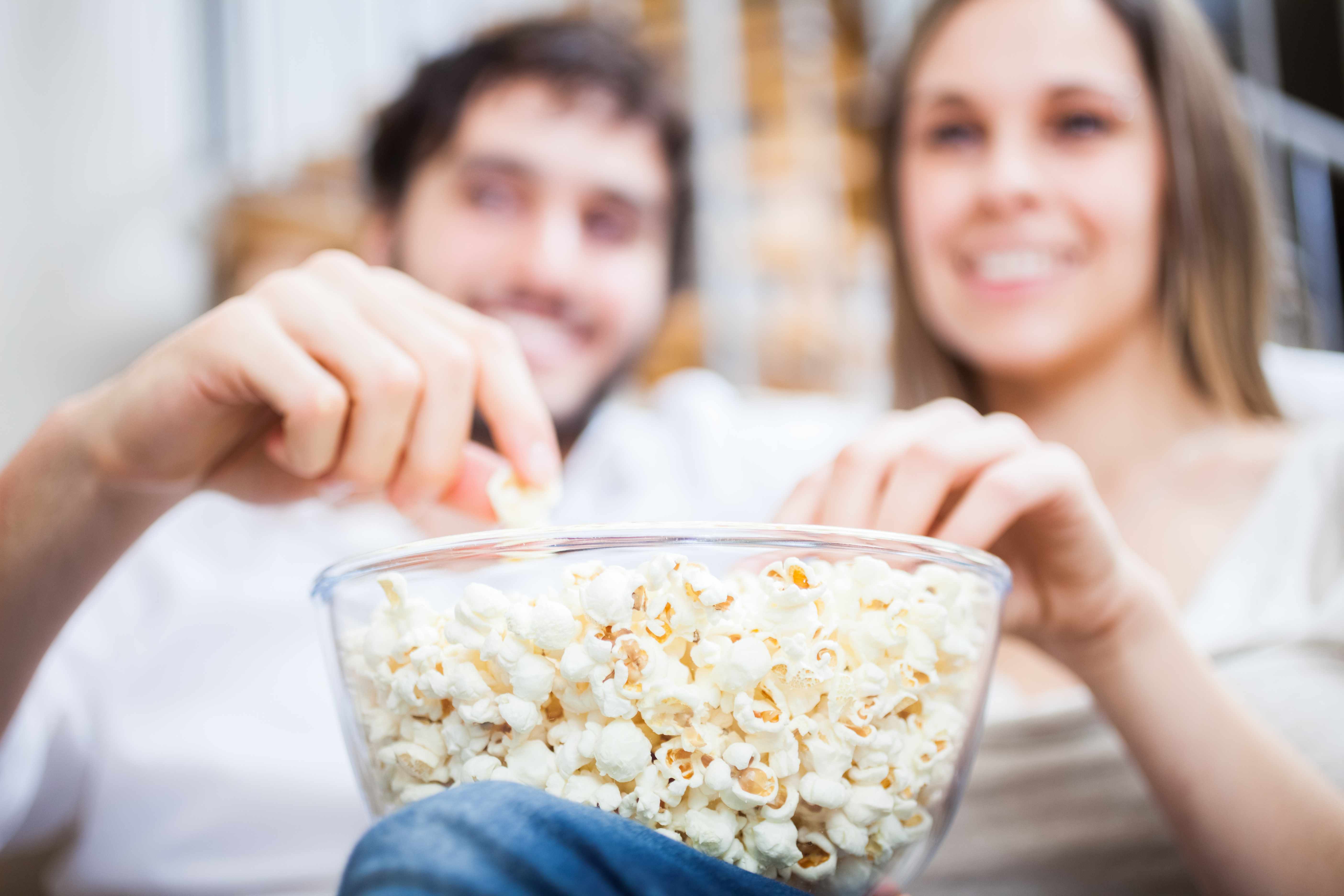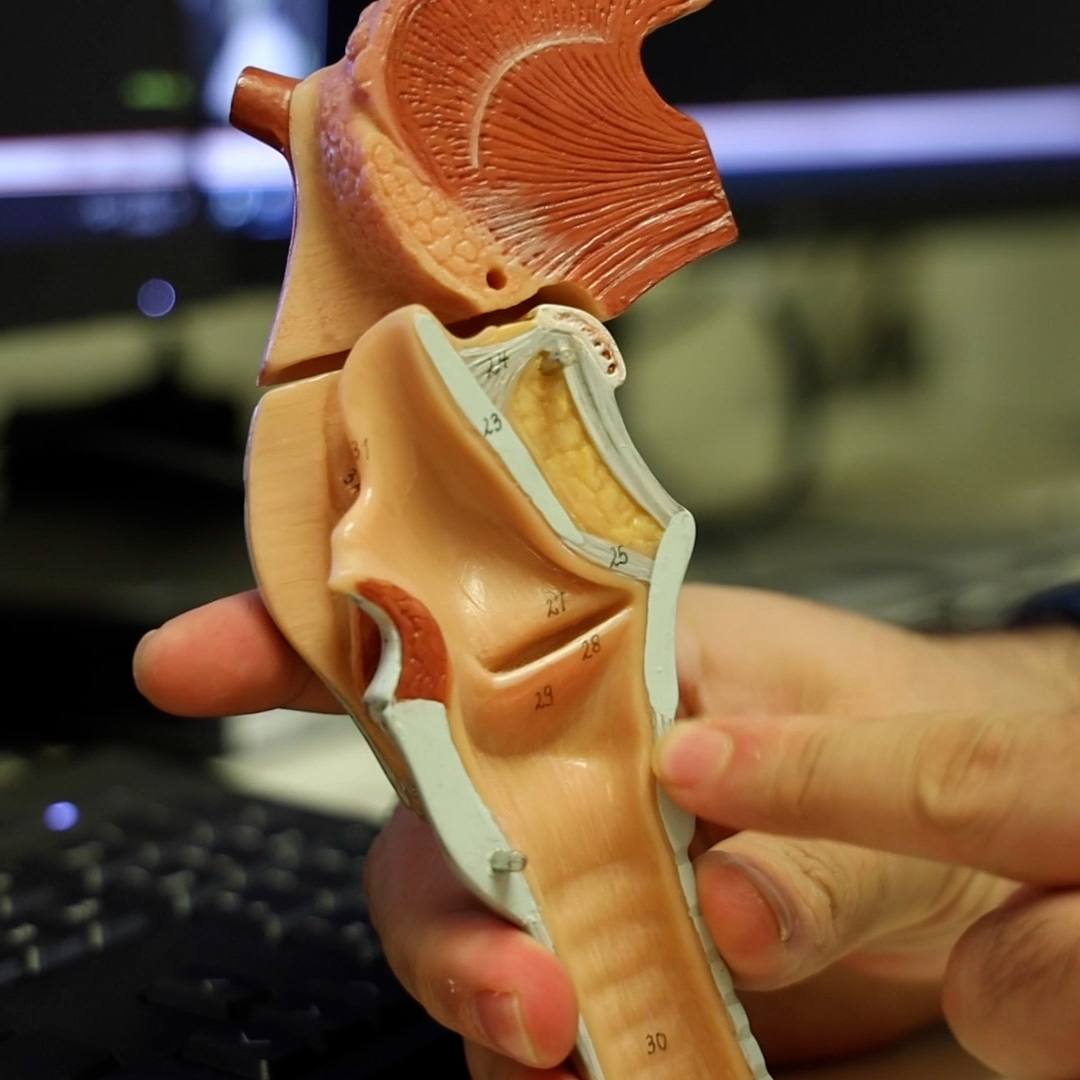-
Featured News
What’s up with popcorn?

This article is written by Cathy Daus, a Mayo Clinic Health System registered nurse and registered dietitian.
It seems like we are always looking for a healthy, low-calorie snack. Popcorn is one of the healthiest munchies for any season of the year and has gained popularity for its ease of preparation. Thoughtful preparation of popcorn can prevent excess calories, yet satisfy the appetite.
Popcorn was first discovered thousands of years ago in Central and South America. The English who came to America in the 1500s learned about popcorn from the Native Americans. Today, the Midwest is known as the Popcorn Capital of the World, as most of the corn for popping is grown in Nebraska and Indiana. Popcorn is the official state snack food of Illinois.
Popcorn is able to pop because its kernels have a hard hull and a starchy interior. When heated, the pressure builds inside the kernel and it explodes out of the hull, leaving a light exterior that tastes delicious when eaten. Researchers from the University of Scranton, Pennsylvania found the hull of the popcorn to contain polyphenols, antioxidant substances related to reduction of heart disease. It is not clear if we gain benefits from the polyphenols in popcorn, as they are contained in the hull, which is insoluble fiber and not digested. There is a possibility the polyphenols pass through us unabsorbed. However, it is encouraging to know that popcorn is a whole-grain food and a good source of fiber.
What we add to the popcorn makes it healthy or not so healthy. Many recipes can be found full of sugar and butter. Nutrition of popcorn is shown here comparing 3 cups of popcorn without anything added and 3 cups of theater popcorn. It’s clear how quickly the buttery topping adds calories:
- Nutrition for 3 cups of air-popped popcorn is 90 calories and less than 1 gram of fat.
- Nutrition for 3 cups of theater popcorn is 185 calories and 10 grams of saturated fat. One tablespoon of buttery topping adds 2 grams of saturated fat.
There are ways you can add flavoring to popcorn and avoid extra fat. For a nutty flavor, try adding nutritional yeast. For a sweet flavor, try cinnamon. For added spice flavor, try cayenne pepper or red pepper flakes. You may consider adding herbs like oregano or basil.
Below are some tasty recipes. More on popcorn can be found at popcorn.org.
BROWN BAG POPCORN RECIPE
Servings: 3 cups popped popcorn
3 tablespoons popcorn seeds
1/8 tablespoon salt
1 brown paper bag
Roll up the bag tightly. Lay it in the microwave and set for two minutes on high (cooking time may vary based on microwave). Listen for popping, and once popping slows to five seconds between pops, it should be done. Pour popcorn into a bowl and spray with extra virgin olive oil. Toss to coat all popcorn. Season with salt.
Nutrition information per 1 cup: 30 calories, 0 grams fat, 100 milligrams sodium, 6 grams carbohydrate, 1 gram protein, 2 grams fiber
CHEESY POPCORN RECIPE
Servings: 4 cups popped popcorn
4 cups hot, air-popped popcorn
1/2 cup freshly grated Parmesan cheese
Cayenne pepper to taste
Pop popcorn in microwave. Toss popcorn with Parmesan and cayenne.
Nutrition information per 1 cup: 75 calories, 3 grams fat, 7 grams carbohydrate, 5 grams protein, 1 gram fiber
Related Articles







